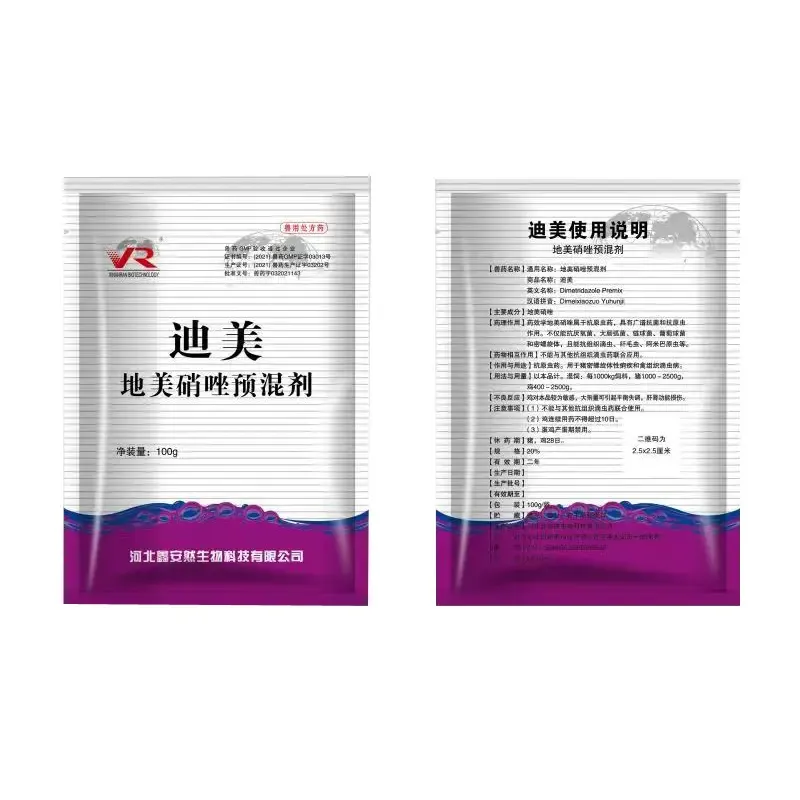- Afrikaans
- Albanian
- Amharic
- Arabic
- Armenian
- Azerbaijani
- Basque
- Belarusian
- Bengali
- Bosnian
- Bulgarian
- Catalan
- Cebuano
- Corsican
- Croatian
- Czech
- Danish
- Dutch
- English
- Esperanto
- Estonian
- Finnish
- French
- Frisian
- Galician
- Georgian
- German
- Greek
- Gujarati
- Haitian Creole
- hausa
- hawaiian
- Hebrew
- Hindi
- Miao
- Hungarian
- Icelandic
- igbo
- Indonesian
- irish
- Italian
- Japanese
- Javanese
- Kannada
- kazakh
- Khmer
- Rwandese
- Korean
- Kurdish
- Kyrgyz
- Lao
- Latin
- Latvian
- Lithuanian
- Luxembourgish
- Macedonian
- Malgashi
- Malay
- Malayalam
- Maltese
- Maori
- Marathi
- Mongolian
- Myanmar
- Nepali
- Norwegian
- Norwegian
- Occitan
- Pashto
- Persian
- Polish
- Portuguese
- Punjabi
- Romanian
- Russian
- Samoan
- Scottish Gaelic
- Serbian
- Sesotho
- Shona
- Sindhi
- Sinhala
- Slovak
- Slovenian
- Somali
- Spanish
- Sundanese
- Swahili
- Swedish
- Tagalog
- Tajik
- Tamil
- Tatar
- Telugu
- Thai
- Turkish
- Turkmen
- Ukrainian
- Urdu
- Uighur
- Uzbek
- Vietnamese
- Welsh
- Bantu
- Yiddish
- Yoruba
- Zulu
Dec . 25, 2024 20:00 Back to list
Gentamicin 100 ml Solution for Injection and Its Applications in Medical Treatments
Understanding Gentamicin A Vital Antibiotic for Infections
Gentamicin is an antibiotic that belongs to the aminoglycoside class, widely utilized in the treatment of various bacterial infections. With a potency that remains significant in modern medicine, gentamicin is typically administered intravenously or intramuscularly and is essential for addressing serious infections, particularly those caused by Gram-negative bacteria. This article delves into the characteristics, uses, administration, and vital considerations concerning gentamicin, with a focus on a common preparation - gentamicin 100 ml.
The Mechanism of Action
Gentamicin works by inhibiting bacterial protein synthesis. It binds to the 30S ribosomal subunit of bacteria, preventing them from building proteins essential for their growth and reproduction. This interference leads to the death of bacteria, making gentamicin effective against a range of pathogens, especially Pseudomonas aeruginosa, Escherichia coli, and other Gram-negative bacteria. Its efficacy against these microorganisms makes it a critical treatment option for patients suffering from severe infections, such as sepsis or hospital-acquired infections.
Indications for Use
Gentamicin is indicated for the treatment of severe bacterial infections when other antibiotics are ineffective or when the patient's condition warrants aggressive therapy. It is often used in combination with other antibiotics to enhance effectiveness and to broaden the spectrum of activity against resistant strains of bacteria. In clinical practice, one common indication for gentamicin is in the treatment of complicated urinary tract infections and intra-abdominal infections.
Administration
gentamicin 100 ml

Gentamicin is typically available in various formulations, with a standard preparation being gentamicin 100 ml. This solution is designed for intravenous or intramuscular injection, ensuring rapid delivery of the medication into the bloodstream. The dosage and administration frequency depend on the severity of the infection, the patient’s kidney function, and other individual factors. It’s paramount that healthcare professionals adjust the dosing based on therapeutic drug monitoring, as gentamicin has a narrow therapeutic index, meaning that the difference between an effective dose and a harmful dose is small.
Monitoring and Side Effects
While gentamicin is a powerful weapon against infections, it is not without risks. The most significant side effects include nephrotoxicity, which can lead to acute kidney injury, and ototoxicity, which may cause hearing loss or balance issues. Patients receiving gentamicin require careful monitoring of kidney function and drug levels in the blood to prevent these potential complications. Auditory and vestibular function should also be assessed regularly during treatment, particularly in patients receiving prolonged courses.
Moreover, certain populations, such as the elderly, children, or those with pre-existing kidney impairments, may be at a higher risk for adverse effects. Physicians must consider these factors when prescribing gentamicin, carefully weighing the benefits against the possible risks.
Conclusion
Gentamicin remains a cornerstone in the treatment of severe bacterial infections, particularly those caused by resistant strains of Gram-negative bacteria. The 100 ml solution formulation provides a convenient means of administration, ensuring that patients receive effective therapy for critical conditions. However, with its associated risks, particularly nephrotoxicity and ototoxicity, careful monitoring is crucial to ensure patient safety and treatment efficacy.
In the face of rising antimicrobial resistance, the role of antibiotics like gentamicin is increasingly vital, and healthcare professionals must continue to leverage these powerful medications responsibly. As medicine progresses, ongoing research and studies will be essential to optimize the use of gentamicin while minimizing potential side effects, ensuring that it remains a reliable option in the therapeutic arsenal against infections. Understanding the parameters of its use will empower clinicians to provide safe, effective treatment for their patients while combating the challenges posed by antibiotic resistance.
-
Guide to Oxytetracycline Injection
NewsMar.27,2025
-
Guide to Colistin Sulphate
NewsMar.27,2025
-
Gentamicin Sulfate: Uses, Price, And Key Information
NewsMar.27,2025
-
Enrofloxacin Injection: Uses, Price, And Supplier Information
NewsMar.27,2025
-
Dexamethasone Sodium Phosphate Injection: Uses, Price, And Key Information
NewsMar.27,2025
-
Albendazole Tablet: Uses, Dosage, Cost, And Key Information
NewsMar.27,2025













